Table of Contents Show
There are many representations of eating disorders in film, television, and even social media. To The Bone, Supersize vs. Superskinny, and Feed all tackle the dangers of eating disorders left unchecked. This content often touts spreading awareness of eating disorders and those suffering in silence. While it is important to help others understand the prevalence and often unseen effects that eating disorders have on sufferers and their loved ones, sometimes these portrayals can do more harm than good.
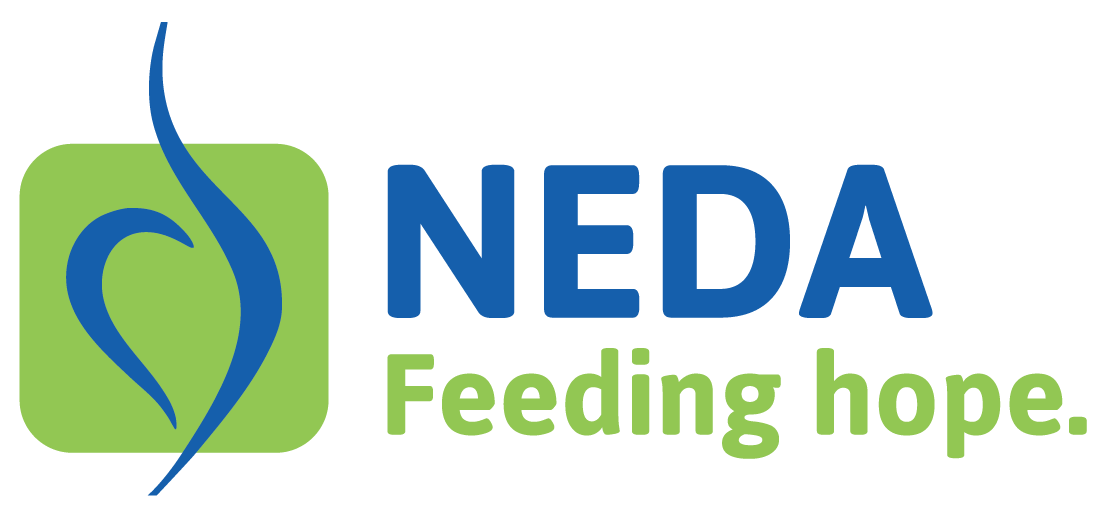
Those with eating disorders can become triggered and even learn behaviors from consuming this sort of media. Further, the lack of diverse representation in body type, sexuality, and symptoms can invalidate others who may need attention. Finding ways to appropriately represent the spectrum of disordered eating without further encouraging these behaviors is a difficult but vital balance.
Film
There are many fictional films and documentaries that shed light on the realities of eating disorders. The 2017 film To The Bone stars Lily Collins and tells the story of a young lady struggling with anorexia and her journey at a recovery center. However, some of the graphic images and specified behaviors are a trigger for certain viewers. Because patients often seek out ways to better execute what their disorder is telling them, they tune out the warnings of these films and fixate on how to make themselves smaller.
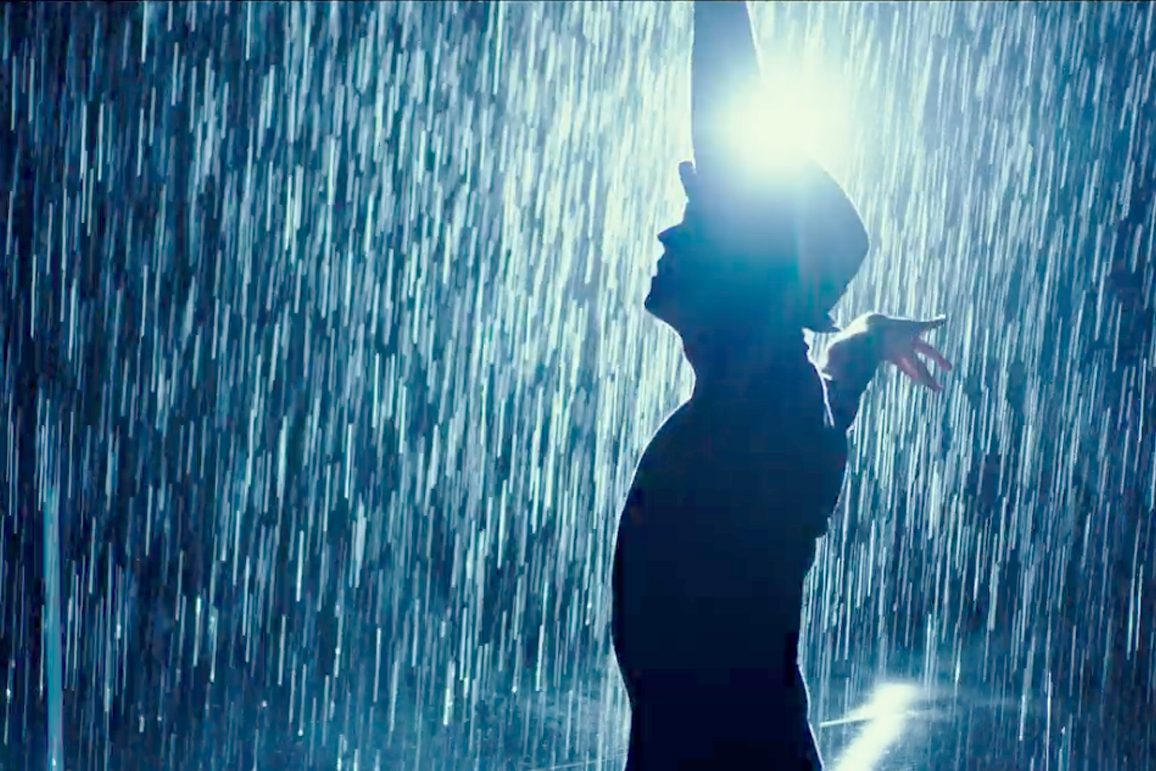
Other storylines mix many eating disorders together to cover a wider demographic in the allotted time. However, this can cause sufferers to believe they have to exhibit the same behaviors to be in need of help. Further, most of the characters struggling are young, white, small females.
While this demographic certainly needs help, eating disorders affect a much wider swath of the population. When the media tries to portray these struggles, especially by producers that do not struggle themselves, the focus can be on outward symptoms of the disease. Eating disorders go beyond physical effects and is a deeply mental battle. Your body type and look does not dictate whether or not you need professional help for an eating disorder.
Television
Our culture is obsessed with drastic transformations and reality shows about extremes. This leads to shows like The Biggest Loser, Supersize vs. Superskinny, and My 600 Lbs. Life that revolves around food, controlling our bodies, and “health.” But these portray unhealthy behaviors on both ends of the spectrum that can invoke similar behavior patterns. Even documentaries like What’s Eating You have graphic images that show the horrors of these disorders but not necessarily the path to recovery.

When searching out ways to follow their eating disorder urges, the very details that a good documentary contains can lead to a downward spiral. When the information showcases pro-ana sites, strategies for hiding behaviors, or even just an increased obsession with health, the negative effects can rival the positive. The gravity of the disease can be driven home without enabling more behaviors.
Social Media
On social media, influencers and personalities saturate people’s feeds with their “What I Eat In A Day’s,” recipes, and workout routines. While there are many body-positive accounts and those dedicated to repairing people’s relationships with their food and bodies, pro-ana accounts and even recovery accounts that post triggering materials can have a harmful effect. “What I Eat In A Day” videos are especially prevalent on Tik Tok accounts and YouTube channels.
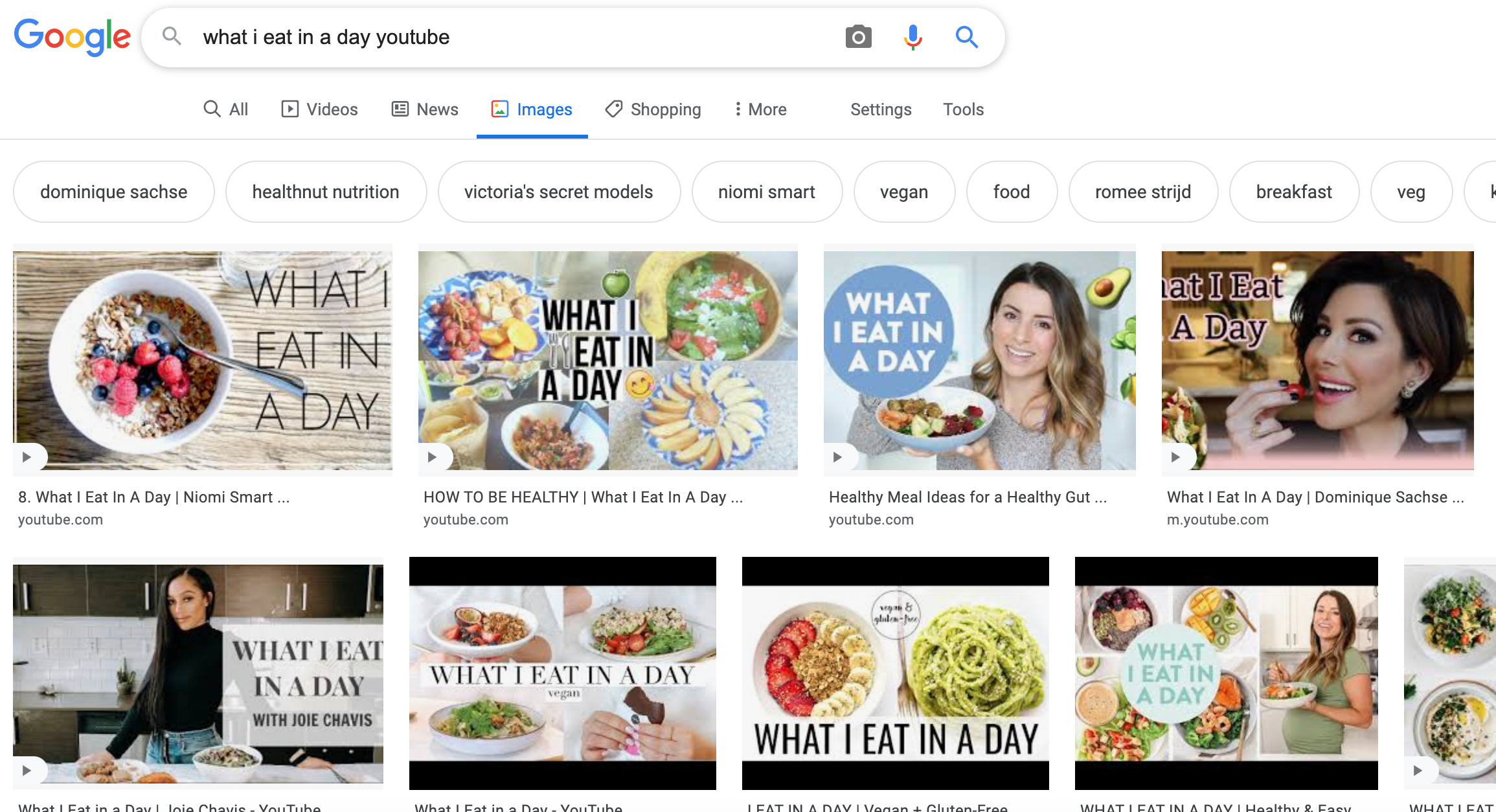
Those in recovery sometimes use these vlogs as accountability to record their intake. Others host challenges where they eat followers’ fear foods to show that nothing bad happens when you expand your palette. However, undereating and the romanticization of disordered behavior is also curated for all to see.
Without proper contextualization, simply presenting the foods eaten can lead to dangerous comparisons that accompany many disorders. Everyone’s dietary needs are different, and social media creators are often not qualified to prescribe specific plans. Even with trigger and content warnings, those suffering might not be in a mental state to realize they should not be consuming these videos.
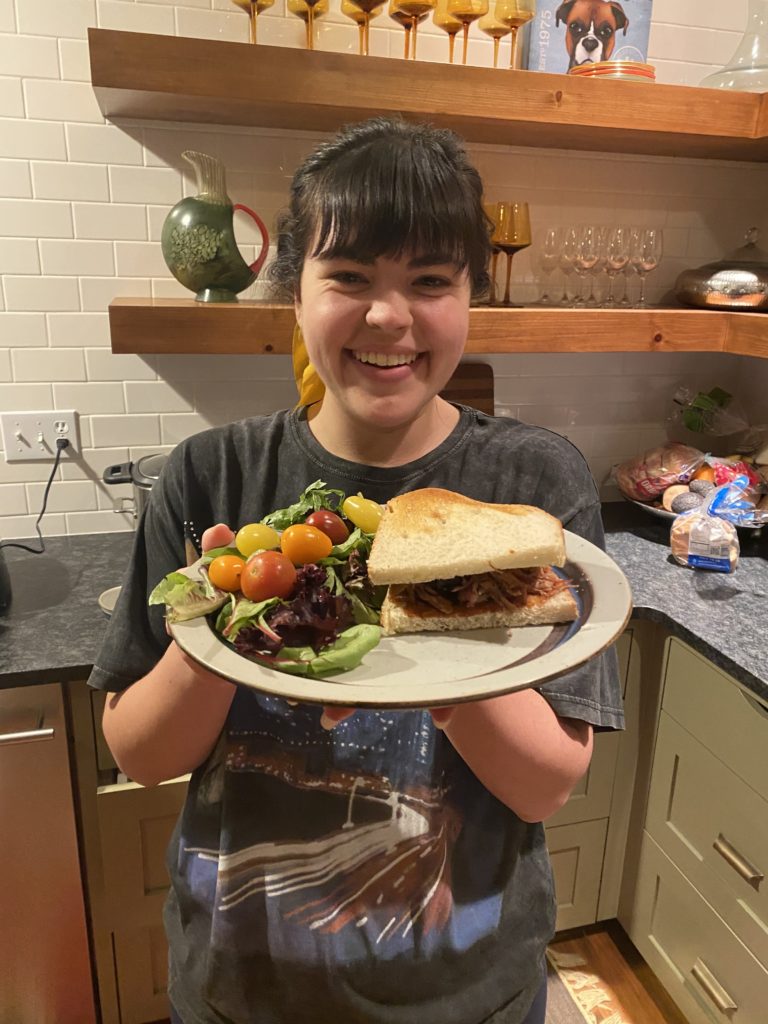
Tik Tok (2020)
One positive aspect of user-created content is that a wider swath of body types is represented. Male, queer, and non-straight size sufferers share their journeys, which validates others that may need help. The balance between awareness and sensitivity should be tread carefully. In order to both provide resources for recovery and de-stigmatize the shame around having an eating disorder, creators need to examine how their work comes across and their motivation for putting it out there.
The Thin Line
Just as it is a balance between being aware of our health and becoming obsessed in an unhealthy way, portrayals of eating disorders need to walk the line between positive awareness and trigger. Pro-eating disorder content is easily disguised as health tips, diet culture, and even “recovery” accounts.
Somehow, our culture has equated thinness as a sign of health and poor body image as a fact of life. Even if there are good motives behind presenting the realities of an eating disorder, one must also look at the effects of such content. Just as not all racial or disability representation is good representation, not all eating disorders in media improve society.
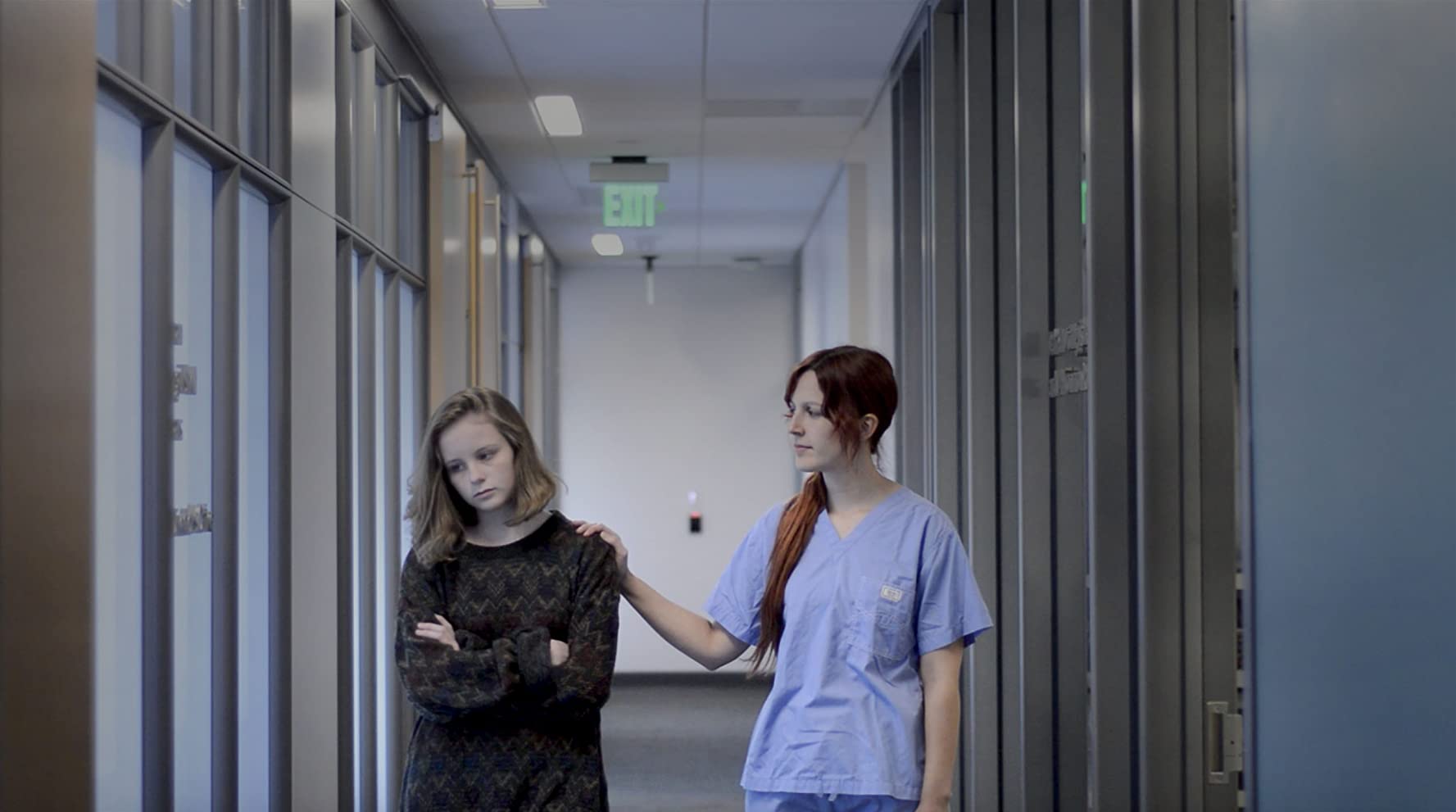
Creators should carefully examine the way they create media portraying eating disorders and even recovery in order to best spread awareness without causing further harm to those struggling with eating disorders, especially with how accessible media is for all ages. This means the creators should include appropriate trigger warnings, with their content as well as monitor how they display the disease. However, it will take a societal shift to make us aware of how much more there is to life than keeping our bodies to a certain size.
If you or someone you know is struggling with a disordered relationship with food, there is help available at the National Eating Disorder Association website and helplines.
